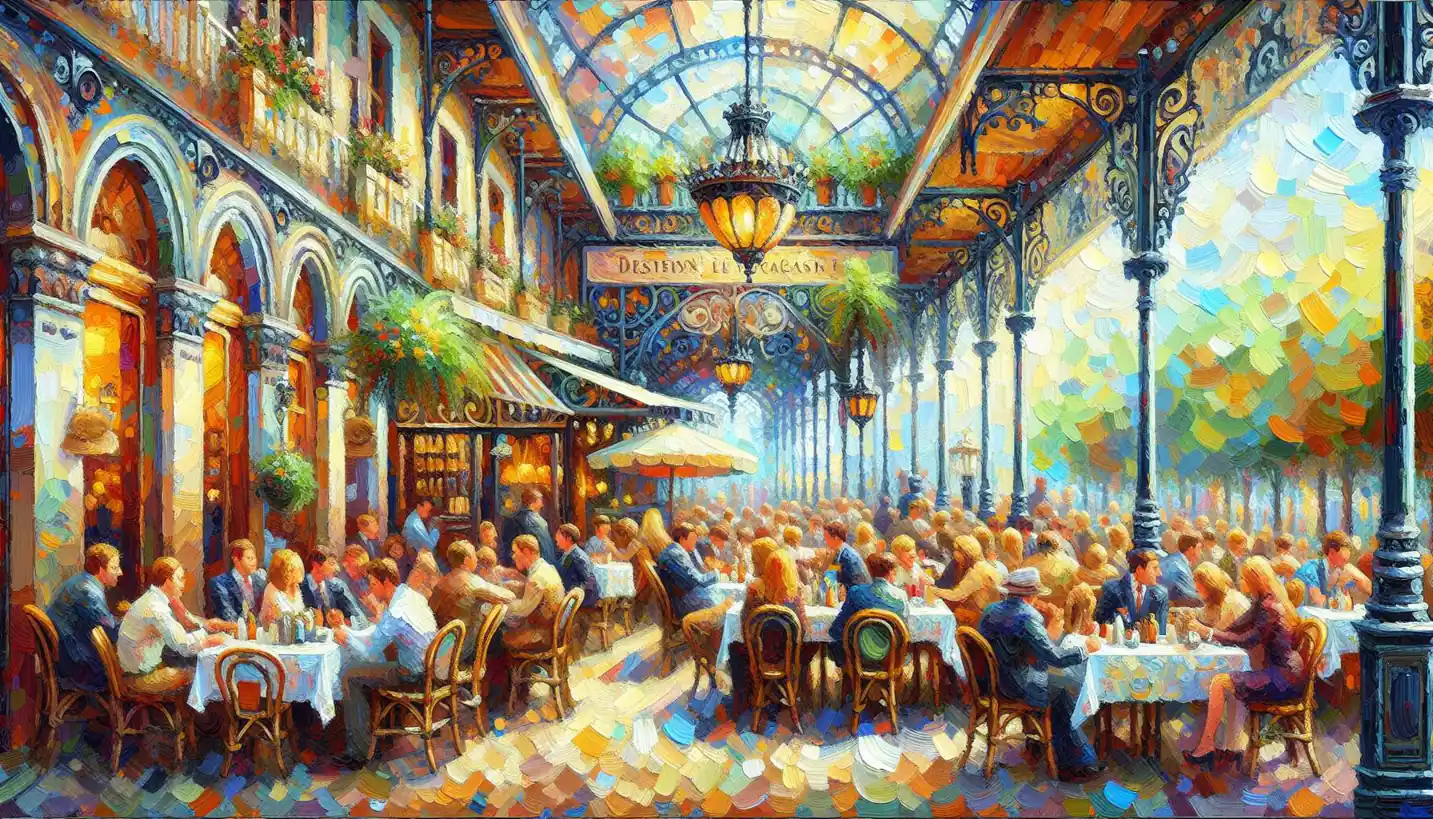· Art · 4 min read
Pedestal: The Unsung Hero of Sculpture Art
The pedestal elevates sculptures, adding both support and significance. Learn how this simple yet essential element influences the way we view art.

When we think about sculptures, our minds tend to focus on the artistry of the figure itself—the grace of a dancer, the strength of a historic figure, or the abstraction of modern art. But there’s one aspect that often goes unnoticed, yet plays a crucial role in the way we perceive and appreciate these works of art: the pedestal.
The pedestal is not just a block of wood or a slab of stone. It’s an integral part of the sculpture, providing both physical and metaphorical support. It elevates the artwork, quite literally, making it stand out and demand attention. Imagine walking into a museum and seeing a statue placed directly on the floor—it would lose some of its grandeur, wouldn’t it?
The Historical Roots of the Pedestal
Pedestals have been around for centuries, their origins tracing back to ancient civilizations. In ancient Greece, the use of pedestals was a way to honor the gods. Statues of deities were placed on high platforms to symbolize their elevated status. This tradition continued throughout history, with emperors and leaders of Rome using pedestals to project power and authority.
The Renaissance period brought a renewed interest in the classical art of ancient times, and with it, the pedestal regained its significance. Artists like Michelangelo and Donatello used pedestals not only for support but as an extension of their artwork, carefully designing them to complement the sculpture’s theme.
Functionality Meets Aesthetic
The pedestal serves more than just a functional purpose; it’s an artistic choice. By raising the sculpture, it separates the art from the viewer’s everyday world, creating a sense of importance. This elevated platform is like a stage, inviting viewers to look up and admire the piece from a different perspective.
In modern art, pedestals can also be a part of the narrative—think of them as punctuation marks in visual storytelling. They can vary in height, material, and design, influencing how the artwork is interpreted. For example, a rough, unfinished pedestal might suggest raw strength or the untamed nature of the sculpture itself.
Materials and Design: A World of Possibilities
Pedestals come in a wide array of materials—from classical marble and granite to sleek, modern steel and glass. The choice of material greatly affects the overall impression of the sculpture. A polished marble pedestal might give a sense of elegance and permanence, while concrete could convey modernity and industrial strength.
The design is equally important. A simple, understated pedestal allows the sculpture to shine, while a more intricate base can add layers of meaning. Some artists choose to merge the pedestal with the sculpture, blurring the lines between the two.
Pedestals in Contemporary Art
Today’s artists continue to experiment with the concept of the pedestal, sometimes even questioning its necessity. In some artworks, the absence of a pedestal can be a statement in itself, challenging traditional norms and engaging viewers in a dialogue about the purpose and nature of art.
Take, for example, the minimalist movement, where the omission of a pedestal is meant to reduce distractions, allowing the viewer to focus solely on the piece. Conversely, some contemporary artists use exaggerated pedestals to emphasize a point or critique societal norms.
Why the Pedestal Matters
Beyond its physical role, the pedestal has a metaphoric significance. It represents elevation—not just of the sculpture, but of ideas, concepts, and questions posed by the artist. By raising a piece of art, the pedestal elevates our thinking, inviting us to see beyond the surface.
In many ways, it acts as a bridge, connecting the viewer not only to the artwork but to the intent and emotion of the creator. This interaction is what makes art so powerful and personal.
Pedestals and the Future of Sculpture
The blend of tradition and innovation continues to define the future of sculpture and its supporting structures. As artists explore new materials and techniques, the pedestal remains a vital part of the conversation, adapting and evolving along with the art it supports.
Who knows what the pedestal of tomorrow will look like? Perhaps it will be digital or interactive, changing shape or color to enhance the viewer’s experience. As the boundary between art and technology blurs, the possibilities are endless.
The Subtle Art of Support
As we’ve explored, the pedestal is more than just a supporting player; it’s a crucial element that can turn a simple sculpture into a masterpiece. Its history, design, and symbolism all contribute to the art world in ways that often go unnoticed but are essential for the complete understanding and appreciation of sculpture.
So next time you find yourself admiring a sculpture, take a moment to appreciate the pedestal. This often-overlooked element plays an indispensable role in the way we experience art, reminding us that what’s beneath the surface can be just as enlightening as the art itself.

